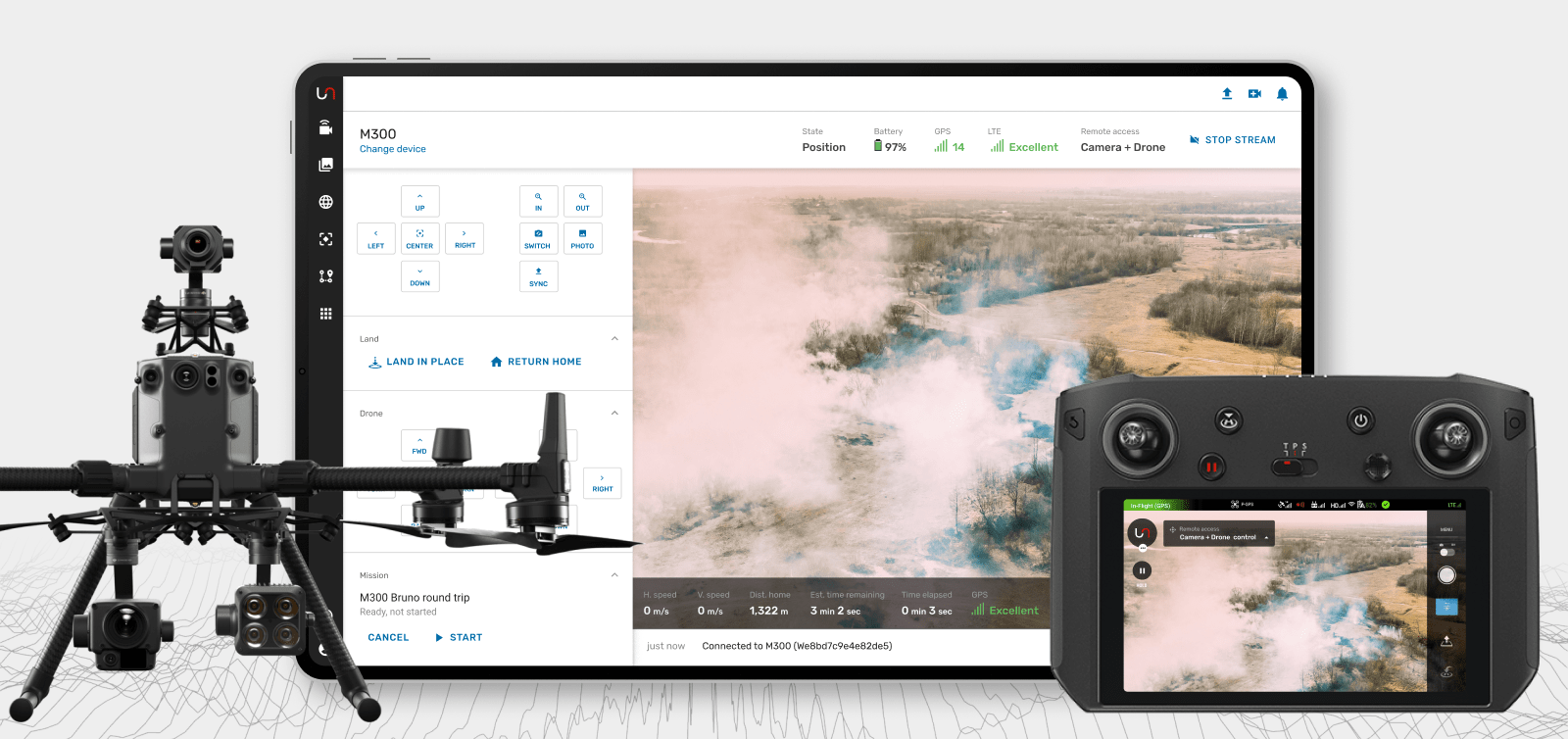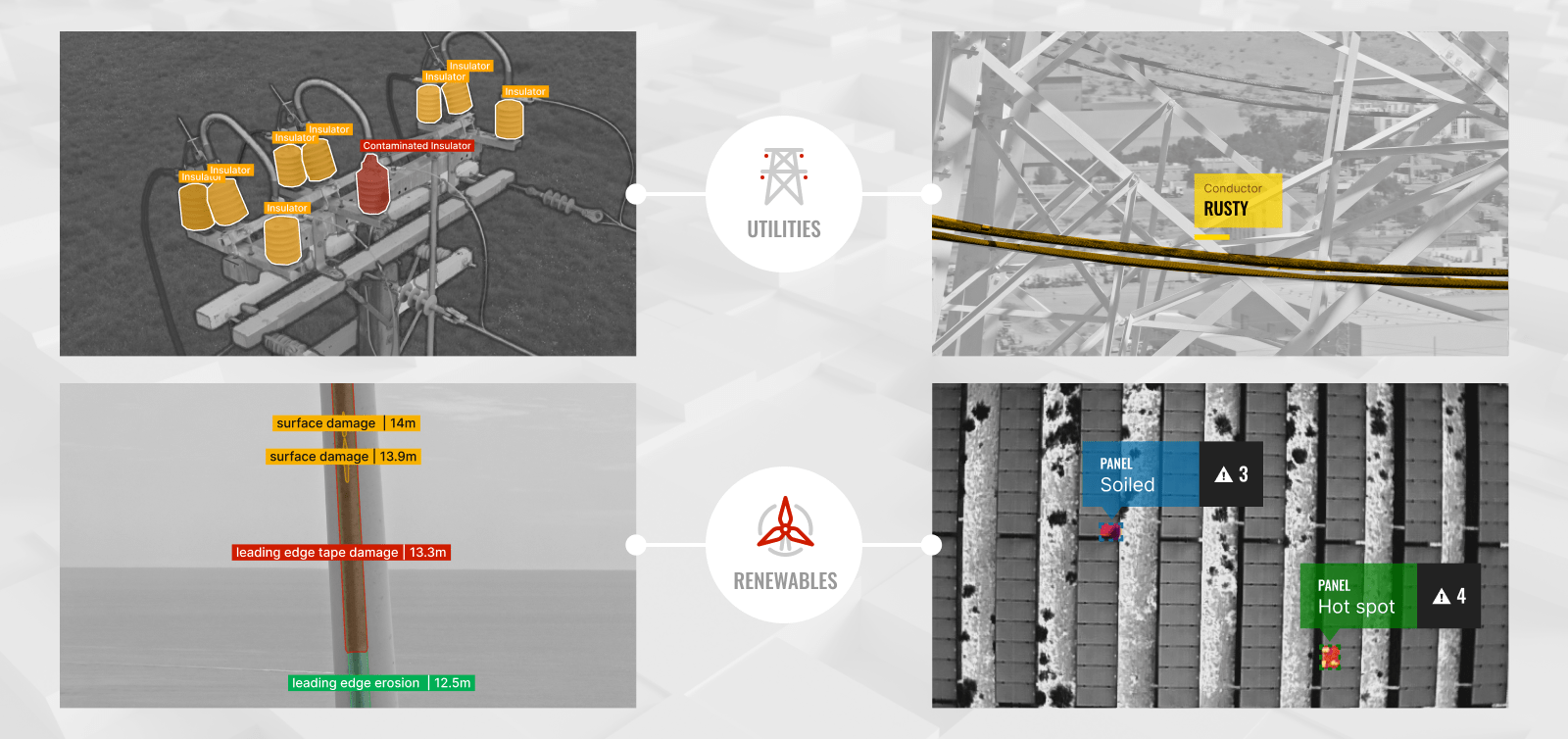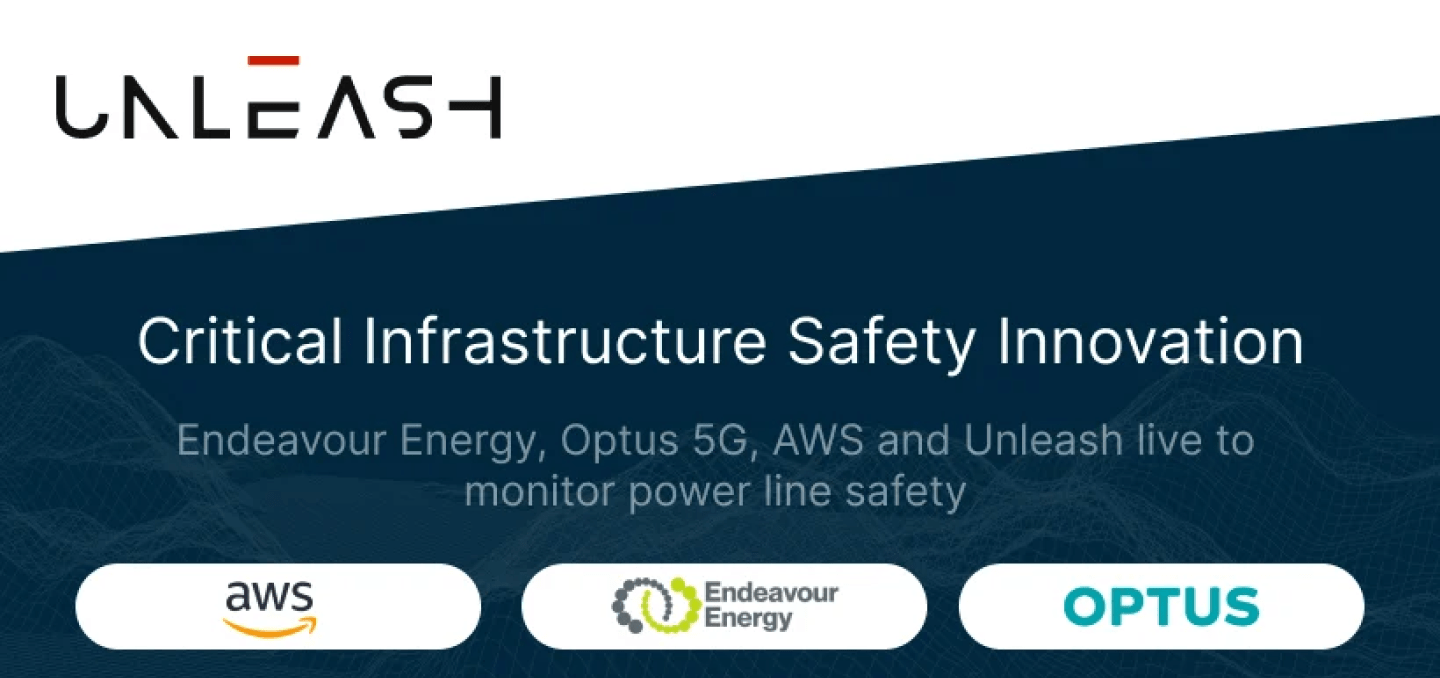Safeguarding Utility Infrastructure Amidst Climate Catastrophes
The following is an extract of a position paper written by our CEO, Hanno Blankenstein, in response to the Maui fire disasters.
The global energy industry faces escalating challenges from climate change, creating an urgent need for extensive infrastructure development and operational improvements. It is essential for industry leaders to acknowledge the gravity of this situation and adopt more scalable, digitally enabled, and cost-effective operations. Unleash live’s CEO Hanno Blankenstein has been focused on working with utility providers for some time now, stating that “the failure to do so will result in more frequent and devastating infrastructure disasters.”
The recent focus on the Maui fires in the New York Times article provides a comprehensive analysis of utilities' difficulties and the consequences of their inaction on communities. Hawaiian Electric is now under intense scrutiny following the deadly wildfire that ravaged Maui this month and is facing multiple lawsuits alleging negligence in the operation and maintenance of its power lines.
Fire damage AI identifying burnt and standing houses at Camp Fire, Paradise, CA
This is definitely not a first for a utility company; in 2019, PG&E was blamed for the California fires that killed 85 people, which burned more than 153,000 acres and destroyed most of Paradise, California, a town that had about 26,000 people.
The Maui fires, which started on August 8 in the Lahaina area, quickly spread due to strong winds and dry vegetation. By the time they were contained, they had burned over 100,000 acres and claimed the lives of at least 111 people. Investigators are still determining the exact cause of the fire, but they suspect it may have been ignited by a downed power line.
The lawsuit against Hawaiian Electric argues that the company was aware of the wildfire risks but failed to take adequate measures to prevent them. It also claims that the company neglected proper maintenance of its power lines, increasing the likelihood of failure and fire outbreaks. It is still uncertain whether Hawaiian Electric will be found liable for the fire. However, these legal actions emphasize the importance of utilities taking the threat of wildfires, storms, or floods very seriously.
The additional pressure from courts and regulators has started to have the necessary impact, with some utility companies taking matters into their own hands to change legislation to improve the laws hampering technology advancement. Recently, a waiver from the Federal Aviation Administration (FAA) was granted to the Southern Company to perform drone inspections at the utility’s power plants and other facilities without someone supervising onsite.
Mat Spurlock, Sr UAS Pilot for Southern Company, stated that inspections now can be automatically piloted remotely from a control center, keeping employees out of potentially hazardous environments. Previously, a pilot and visual observer had to be onsite. “Efficiency and safety are the two key drivers for this,” said Spurlock.
Unleash live has developed software designed to enhance transmission and distribution infrastructure inspection and maintenance. We have witnessed the market need firsthand through events like the 2018 California Carr Fire and the devastating bushfires in NSW, Australia, in 2020. Our mission is to assist our customers in achieving their strategic safety and sustainability goals by improving their operations.
Currently, the energy industry tackles these challenges by:
- Significant labor efforts to manually inspect and manage vegetation, substations, conductors, poles and components.
- Increasing the number of costly helicopter flights to collect vegetation data and identify encroachments.
- Replacing equipment, including structures and conductors, and moving to underground systems.
However, there are growing reporting and audit requirements imposed by communities and regulators, along with Unleash live’s extensive experience working with utilities, that have revealed several obstacles:
- Seemingly insurmountable backlog in inspection requirements, resulting in significant delays and the need for regulatory exemptions.
- The average age of poles and components exceeds 20 years, with many being 80 years or older. Conductors, especially in wind and ocean locations, are highly fragile and often older than 70-80 years.
- Government and regulators are slow to approve funding due to escalating costs.
- Many utilities, partly owned by private equity companies, prioritize reducing operational expenditure.
- Inspection and maintenance programs are frequently outsourced to engineering firms under long-term contracts, increasing labor dependency.
- Regulators often favor manual inspections over digital technology assistance, causing bottlenecks, backlogs, rework, and quality issues.
- Emergency response is often slow and lacks coordination, with a limited data-driven approach.
How Unleash live Works
New tools like drones and robot crawlers allow utility inspectors to obtain the visual data they need remotely without putting themselves in potentially dangerous scenarios. For example, by flying a professional drone up to a power line, the inspector can remain safely on the ground or in a control center and still obtain all the necessary visual data.
However, the growing amount of visual data has created a new problem: how to store, manage, analyze, and report on it so that it’s actually useful.
Unleash live’s Autofly was created to address these challenges, providing various benefits to help inspectors do their job. Autofly is an app created by Unleash live that allows inspectors to do remote inspections and collaborate with other stakeholders in the inspection process by centralizing everything they do in one place.
Autofly and Remote Cockpit, used for planning, operations and management
Autofly was designed to meet the demands of all stages of the utility inspection workflow, from readiness, planning, flight logging, processing capture/connectivity, and the production of a final report.
Stages of a typical inspection workflow
On the operations side, Autofly lets you:
- Manage inspection team work orders better
- Live stream your inspections
- Remotely control both the drone’s gimbal and the drone itself during inspections in real time
- Collaborate on drone missions with Autofly pin-drop
- Optimize flight planning by importing JSON and KML files
- Implement advanced security measures using role-based access controls
- Apply AI analysis to automatically surface potential defects in inspection footage, helping streamline the inspection process after data collection
And on the storage and management side, Autofly lets you:
- Sync orthomap and KML layers to support inspection, emergency response, and search and rescue missions
- Auto-upload the data your drones and cameras collect during inspections
- Easily store and manage your data, with the ability to implement filters and review data through tags and other features to make it as useful as possible
- Create the outputs you need from your data, including 3D models, orthomosaics, and virtual reality environments
The top five ways Autofly is helping inspectors in the energy industry radically improve their operations via:
- Remote inspections
- Enabling Collaboration
- Simple Data Storage and Management
- AI Analysis
- Delivering Required Outputs
Read the full article on how Autofly’s changing the game for utility inspections.
The world is unprepared for the massive energy demand and infrastructure build-out expectations. Unless the decision-makers take this challenge seriously and deliver more scalable, digitally enabled, and cost-effective operations, we will see more frequent and devastating infrastructure disasters.
Learn more by downloading Unleash live's ebook on Mastering Remote Operations in the Energy Sector.





